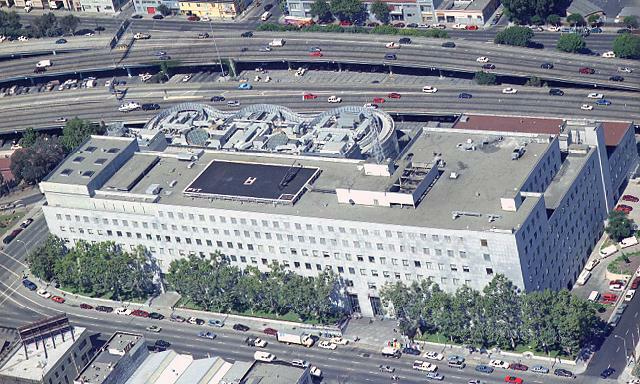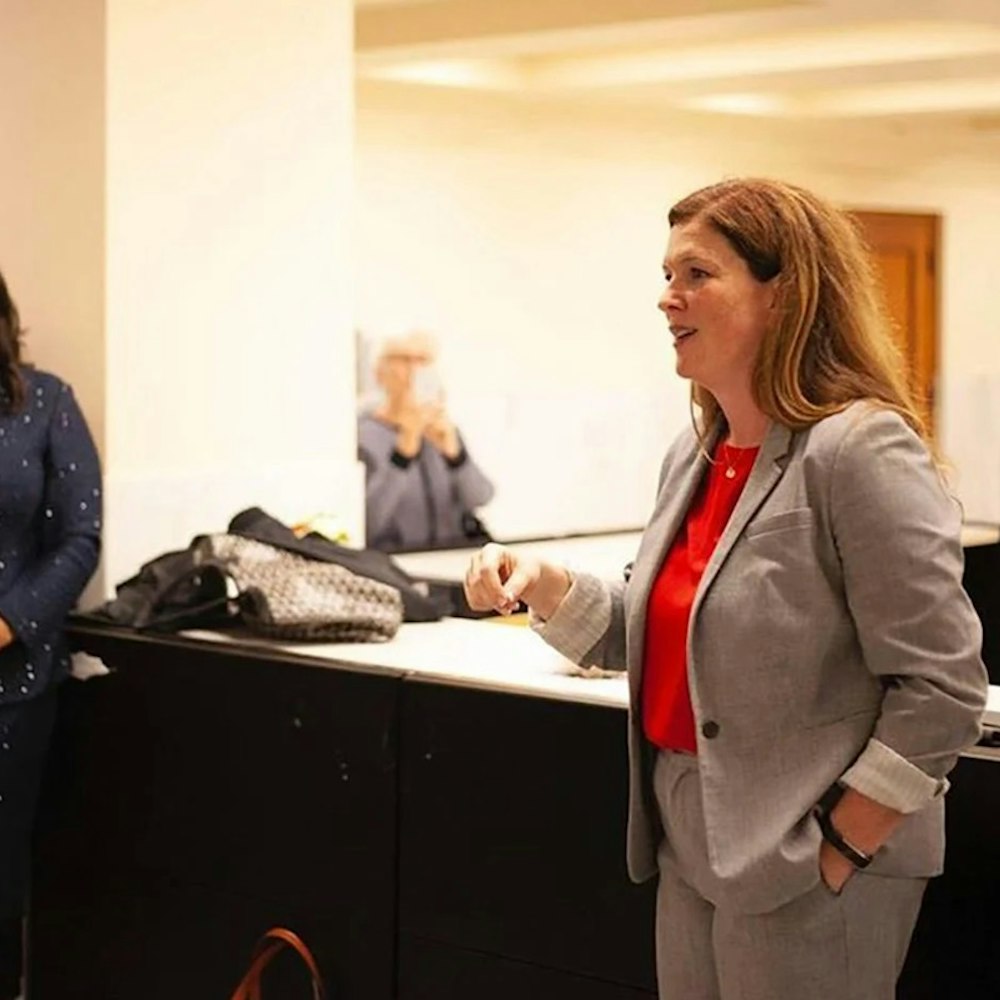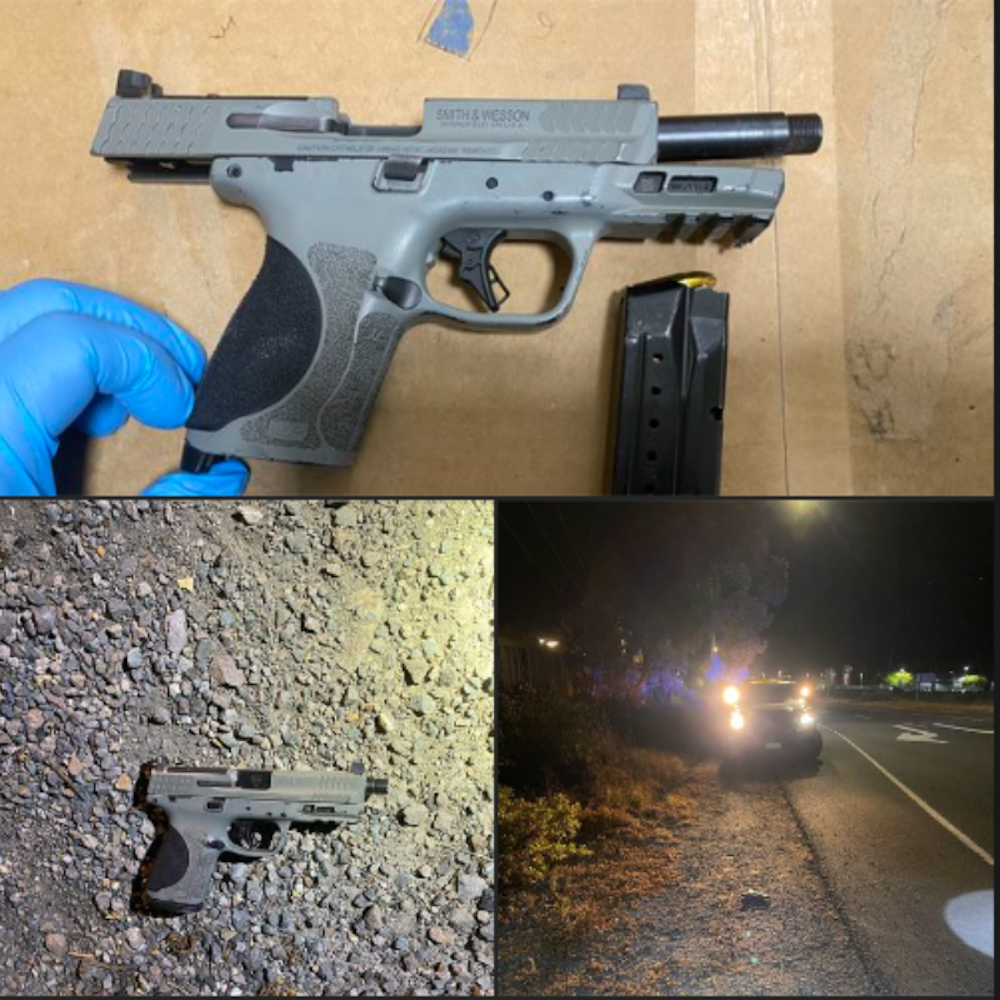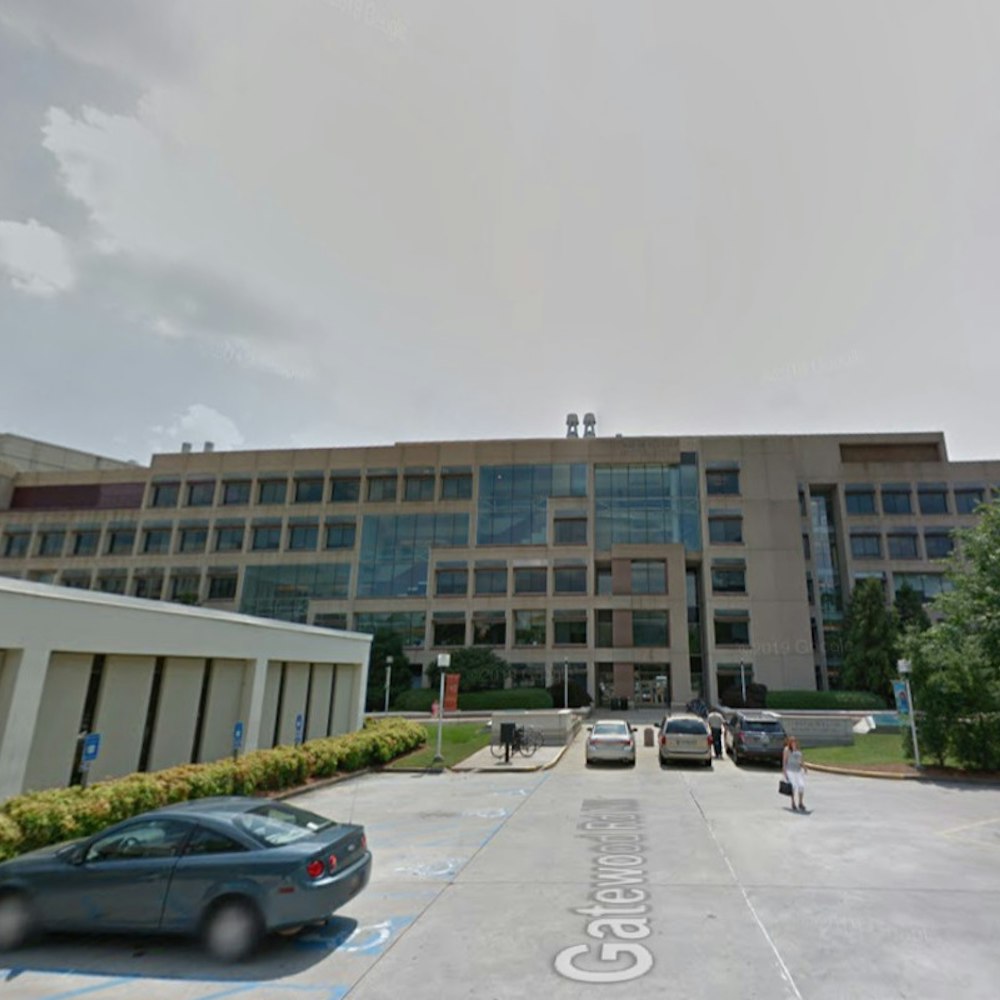Did you notice more police on the streets late last year? A new effort between the San Francisco Sheriff's Department and Police Department was behind it. Jonathan Newman of Tenderloin newspaper Central City Extra takes a closer look at the program, and whether it could become a permanent solution. The article was originally published in Central City Extra's May 2015 issue.
The SFPD agreed to Sheriff Ross Mirkarimi’s proposal last year that his deputies transport and book suspects arrested from two of the city’s busiest district stations — Tenderloin and Mission. When prisoners required medical attention, sheriff’s deputies would take them to SF General before booking. Funding came from Mirkarimi’s department budget.
This cost-efficient twist on community policing maximized its impact by adding to the time cops could spend on the beat instead of on the written reports and procedural matters arrests require. Instead of an arresting officer accompanying the suspect to 850 Bryant St. for charging and booking, sheriff’s deputies took the suspect there from district station custody and did the paperwork. Meanwhile, the cop who made the pinch stayed walking the beat.

The San Francisco County Jail and Hall of Justice at 850 Bryant Street, via Wikimedia.
The six-month experimental program — dubbed Station Transfer Units — operated from mid-July 2014 through the middle of this January. Anecdotal evidence from the pilot points to hundreds of police man hours per station freed up each month, suggesting a permanent adoption of the program city-wide could be a boon to public safety. But neither Mirkarimi nor Tenderloin District Capt. Jason Cherniss could cite the number of arrests, estimate the total time saved for officers to remain on the beat or say what the program cost.
An Old Idea
The notion of Station Transfer Units is not new. In the aftermath of the Loma Prieta earthquake, then-Sheriff Michael Hennessey developed an agreement with the SFPD that deputies would handle custody of arrestees from district station to booking.The agreement was quickly implemented and officers turned their full attention to the emergency needs from the quake while deputies expanded their traditional role of supervising and transporting prisoners.
STUs were first written into the Sheriff’s Department budget in the late 1990s. Hennessey added twenty-four deputies, continued transporting and booking prisoners from district stations and assumed responsibility for tracking and serving outstanding
arrest warrants.
Then, in 2002, law enforcement budgets tightened. funding disappeared and the STU program dried up.
Capt. Cherniss estimates his officers typically spend up to two hours each time they transport and book prisoners at the Bryant Street jail and City Prison. When station transfer units were in play during last year’s pilot, Cherniss said sheriff’s deputies were making four to five transfers from Tenderloin Station each 24-hour shift.That’s like adding a cop a day on the district beat.

SFPD protocol doubles that number. Cherniss noted that department policy requires two officers to be involved in each transporting and booking.
“Once in a while I might allow
one officer to do it, depending on the prisoner: no history of violence, no prior escape attempts. But it’s pretty rare — 99-percent of the time it’s two officers,” Cherniss said.
And that two-hour per arrest estimate can randomly spiral out of the police officer’s control, Cherniss explained.“The Sheriff’s Department controls the booking. If there’s a lockdown or a shift change, you wait. If the jail nurse thinks a suspect needs a medical evaluation before entering the jail population, you wait.”
He noted the problems peculiar to S.F. General as well.“If you have to take a guy to S.F. General, you wait. There’s no special queue for police officers with people in custody. There could be three or four gunshot cases ahead of you on some Friday night. The hospital evaluates the need. So, you handcuff the guy to the gurney and wait your turn. Could be two hours, could be five.”
With STUs it’s a deputy cooling his heels while the arresting officer is back working his beat.
Cherniss is an STU fan.“I think it’s great when the sheriff’s deputies handle the job. Look, the community wants us on the street, not doing booking and custody,” he said.“Laterals (police officers from other jurisdictions such as Oakland accepting temporary assignments with SFPD) can’t understand why we’re still transporting and booking. It’s a broken system.”
Time For The Change?
At a time when the SFPD is under-staffed, Cherniss sees the pilot program as a plus. “Right now we have about 1,700 officers department-wide. For a city of 840,000 that’s too low. We need a minimum of 2,000. Under the concept of community policing, officers need to be
seen to be effective. In some of the outer districts, policing can be different. In the Tenderloin it’s boots on the ground. My officers love STU. I’m pretty sure the sheriff’s deputies like it, too. It gets them out and involved,” he said.

The San Francisco General Hospital, getting a much-needed expansion. Photo via SPUR/Flickr.
Police Commissioner Victor Hwang, a former assistant district attorney, supported the pilot program and would like to see it become a permanent part of community policing. “I like it. With the expanded district, Tenderloin Station will be responsible for Westfield Mall and other places, and I suspect that it will process more petty thefts and shoplifting. With deputies handling those arrests officers stay on the street,” Hwang said.
Hwang cautioned that the matter has not come before the commission yet, and if it does he would need to hear how effective the pilot has been in dealing with violent offenders. “Also, I know there are times when an arresting officer can develop further evidence from the offender during transport and booking. I wonder if that goes away with the deputies doing the job,” he noted.
The STU program can have city-wide impact. In the controller’s latest biennial City Survey, San Franciscans’ feelings of safety at night had diminished from 2011. In District 6, less than half the residents reported they felt safe walking alone at night, which the controller attributed to a citywide up-tick in aggravated assaults.
More officers on the street could address this safety concern, Cherniss said.
“Sometimes on our day watch we’re down to seven officers. The more time they can be on the street, the better.”
Mirkarimi emailed that his department “has been collecting stats and urging the supervisor (referring to Jane Kim) to hold a public hearing which would necessitate a thorough evaluation of a reform that hasn’t been getting much attention except for BeyondChron and The Examiner.”

He argued the need for a “substantive change in how community policing is conducted in San Francisco, in particular in neighborhoods that have been chronically challenged with public safety issues.”
When the pilot program kicked off last July, Mirkarimi told the Examiner: “This is a two-front win because the Sheriff’s Department alleviates the SFPD so they can turn their attention back to the community, and we provide an equivalent service at less cost to the taxpayer.”
Police Chief Greg Suhr was quoted in the same story: “We are looking forward to the start of the pilot program, and although we are starting small, with only two stations, we are looking forward to having the program expand to all 10 district stations.”
What's Next
Now, SFPD public information officer Albie
Esparza tells The Extra, “The department remains supportive of the program as far as the transporting of custodies is concerned. It can be particularly helpful when alleviating the officers from the hospital watch. It’s up to the Sheriff’s Department to promote it.”
Mirkarimi will need new funding to expand the program permanently. According to aide Ivy Lee, Kim endorses STUs.“She has been supportive of the program ever since former Sheriff Hennessey instituted it,” Lee said in an email.“She has heard from the community that having the Sheriff’s Department handle custodial transfers has freed up police officers’ time and capacity to be able to be in the community rather than handling routine physical custodial transfers.”
Lee says Kim would like to see it funded, but figures it’s the sheriff’s job to sell it to the supes. “It’s the department head’s role," her email concluded, "to advocate for the funding needed."








-2.webp?w=1000&h=1000&fit=crop&crop:edges)





